I received a Draft Notice and decided that traveling on the water was better than traveling on my feet in the mud.


I received a Draft Notice and decided that traveling on the water was better than traveling on my feet in the mud.
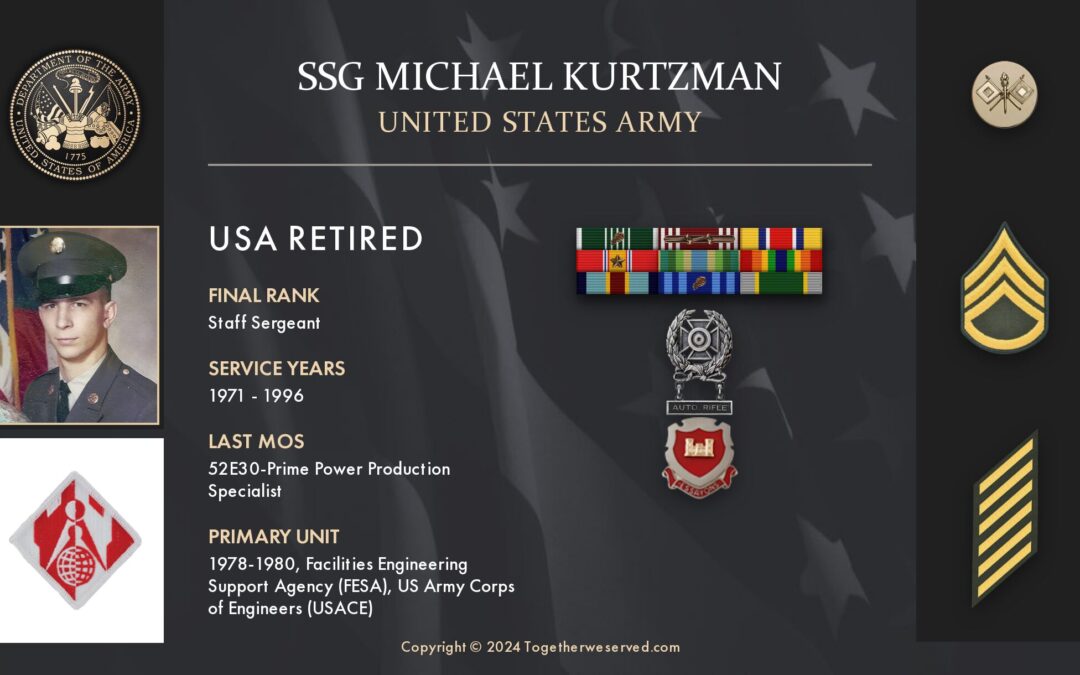
My first look at the military was with an Air National Guard Unit in Mansfield, Ohio. It looked very promising and in an area that interested me (computer programming). They showed me the computer and how it requires to be programmed (wires). But the reason that I didn’t choose to go this route was that they wanted me to cut my hair (still attending OSU) just for a photo. It was still over six months until I would enter basic. I couldn’t let my hair go.
The military draft lottery drawing held August 5, 1971, to determine the order in which men born in 1952 were called to report for induction into the military.
The highest lottery number called for this group (year) was 95; all men assigned that lottery number or any lower number, and who were classified 1-A or 1-A-O (available for military service), were called to report for possible induction. My draft number was 17. I was also classified as 1-A.
26 August 1971 I signed my enlistment contract for delayed entry into the US Army. I enlisted for four years which got me my choice of military occupational specialty (MOS) and where I wanted to be stationed. My choice for MOS was communications, specifically Communication center specialist. My choice of where I was to be located was Europe. It also meant that I entered active duty as an E-2.
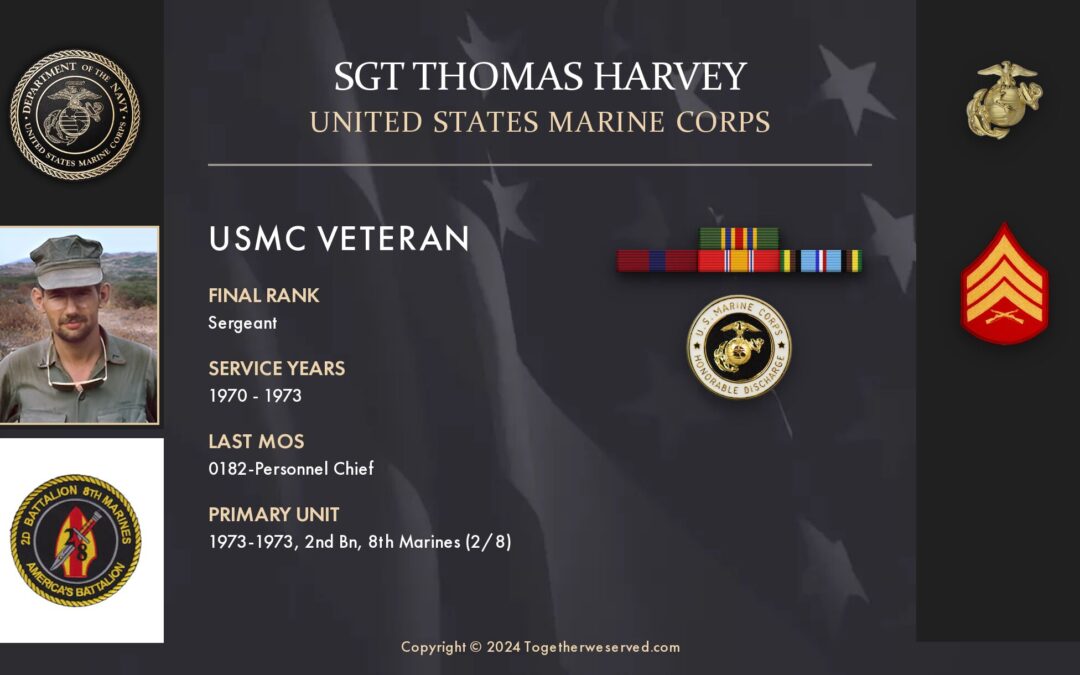
There were several reasons why I chose military service in general and the Marines in particular. My father was an engineer on a B-29 in WWII. He felt that his military experience was a major turning point in his life. He encouraged me to consider military service and actively lobbied that I should apply to the USMA.
I chose the Marines to make a statement that I supported the Vietnam War. I attended an elite college prep school where it was fashionable to be anti-war and anti-military. I supported America’s role in Vietnam and the worldwide battle against communism. Many members of my mothers family lived under communist oppression in Poland and I felt it was my duty to defend the American way of life. I had heard horror stories as to the break down in the Army and felt that Marine discipline, training, and esprit de corps was superior to all the other armed forces. Also, I felt challenged to do something big and demanding. I could have easily hidden out in college until the war was over but I chose a more difficult route.
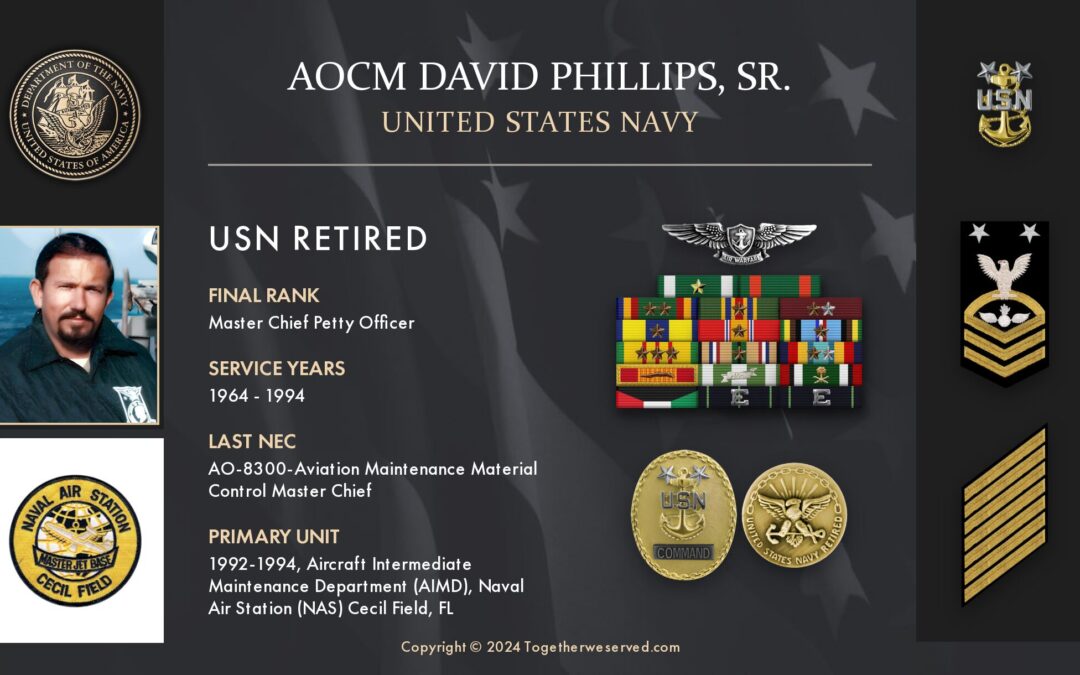
There were several events that occurred in my life which contributed to my decision to join the navy. The first occurred in 1958 when I was a young thirteen years old. My oldest brother was serving in the Navy; he joined in 1956 and in February 1958 he was on his way home on leave from his duty station in Norfolk, Va.; unfortunately, he was killed in a car accident. In my young mind, I swore I would join the Navy to finish what he had started. You see, he had only been in for two years.
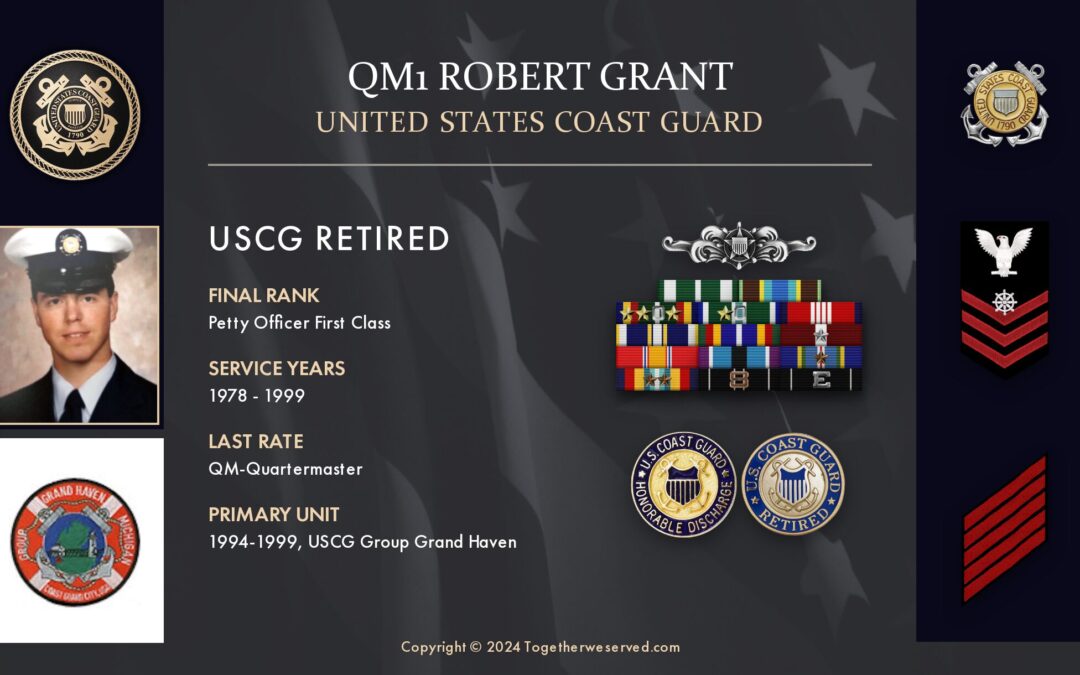
In 1977 I was 19 when we returned home from Australia; my father was an SMSgt assigned to the US Embassy in Canberra and stationed at the RAAF Base in Richmond, New South Wales. I entered Solano Community College, living at home, going to classes full-time and working a midnight to six shift. After a year and a half, I was growing disenchanted with my life. I got off early one morning (about 4 AM in early December 1978) returned home and could not sleep. I turned on the TV and there was a thirty minute (public service) advertisement for the USCG (it was now about 5 AM). I became enthralled as I watched it, 2/3 of the way through the topic changed and focused on at sea drug interdiction in the Caribbean Sea – the narrator described this as “The Coast Guard Goes To War.”
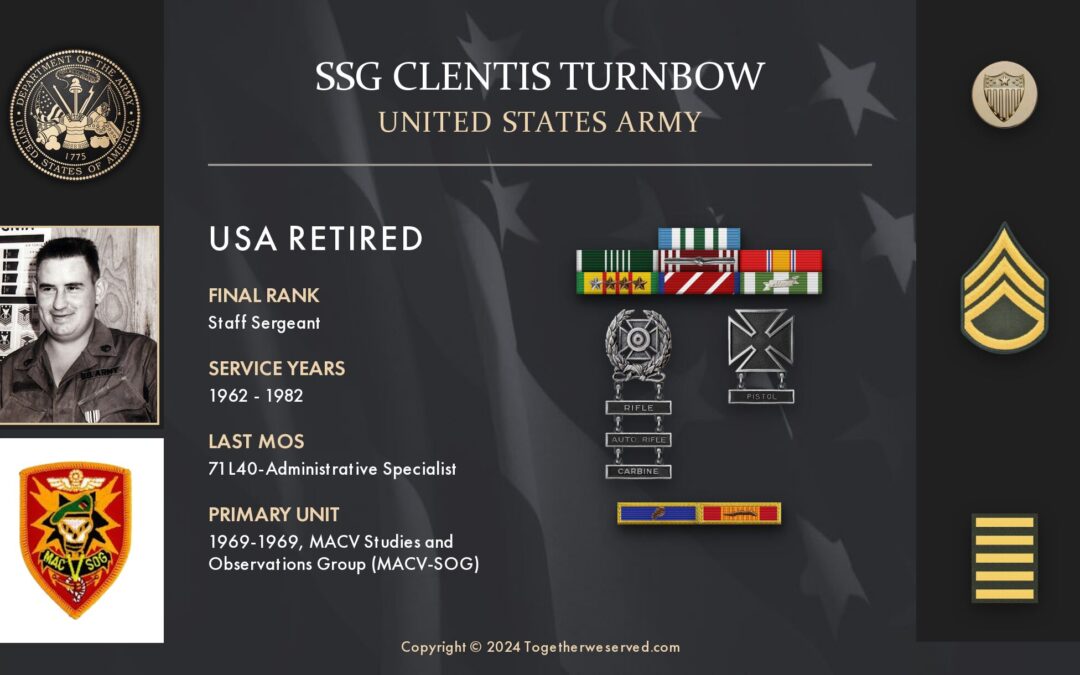
Family members who served in the Army had the greatest influence on me. My brother, Bill Turnbow, my uncle, Stanley Scott, and another uncle, Leland Scott, all served in the Army. I was from a small town in southwest Kentucky called Hickman, and there wasn’t much opportunity for a young man there, so I had pretty much decided I was going in the Army after school. Four days after getting out of high school, one of my best friends decided he was going to enlist in the Navy. He wanted me to go with him, and even though I really didn’t want to go in the Navy, he finally talked me into it. The Navy recruiter was from our hometown, so we went to see him. On May 29th, 1962 Eddie Cagle and I were on a Greyhound bus headed to Memphis, Tennessee for our physicals.
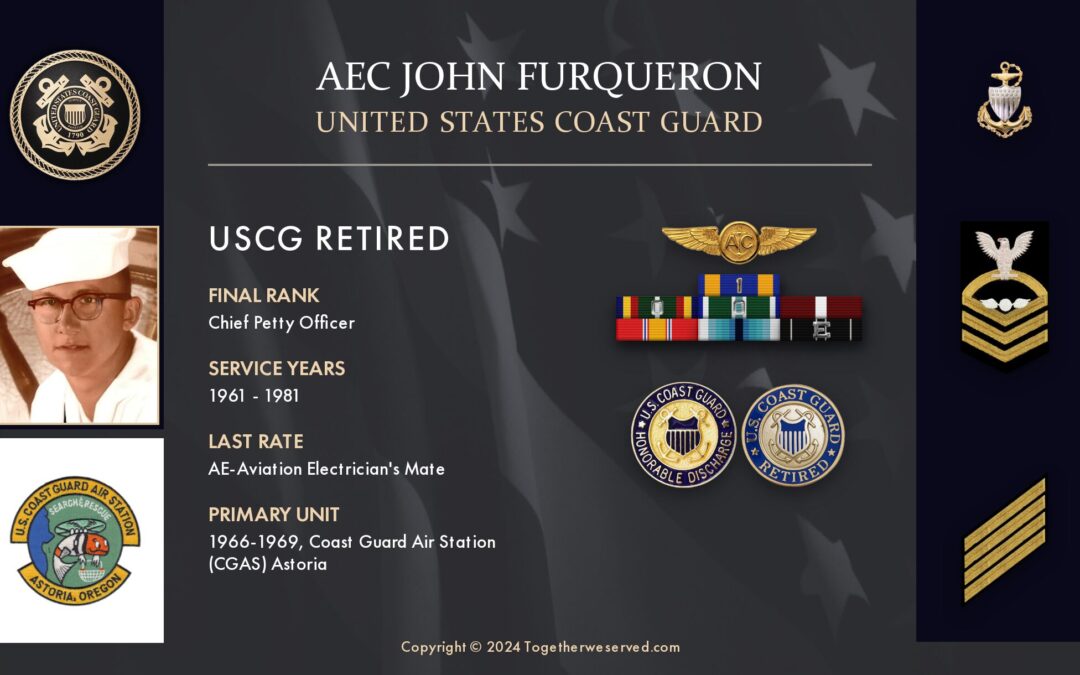
I was 19 years old, and it was the Vietnam Era. I had registered for the draft the previous year while in High School in San Diego, CA. I graduated HS and tried going to college, but it just wasn’t for me. So, after a semester, I left college. Now, what am I going to do? I really had no idea. I was thinking of the Navy because my father had served in the Navy during WWII. He had a career of over 22 years and was a BMC. I was going to join the Navy when a friend of mine mentioned the Coast Guard. That had never occurred to me. I was familiar with the USCG Air Station in San Diego and the cutters at Point Loma, and I liked what the Coast Guard did. Not only did they train for war, but they trained for SAR, law enforcement, pollution control, marine safety, etc. I knew that my father would be spinning in his grave as he had passed away, but I went down to the Coast Guard recruiter in San Diego, talked to them, and signed up. After the physical and paperwork was done, I was offered a guaranteed “A” school, YN. I took it and was off to boot camp in Alameda.
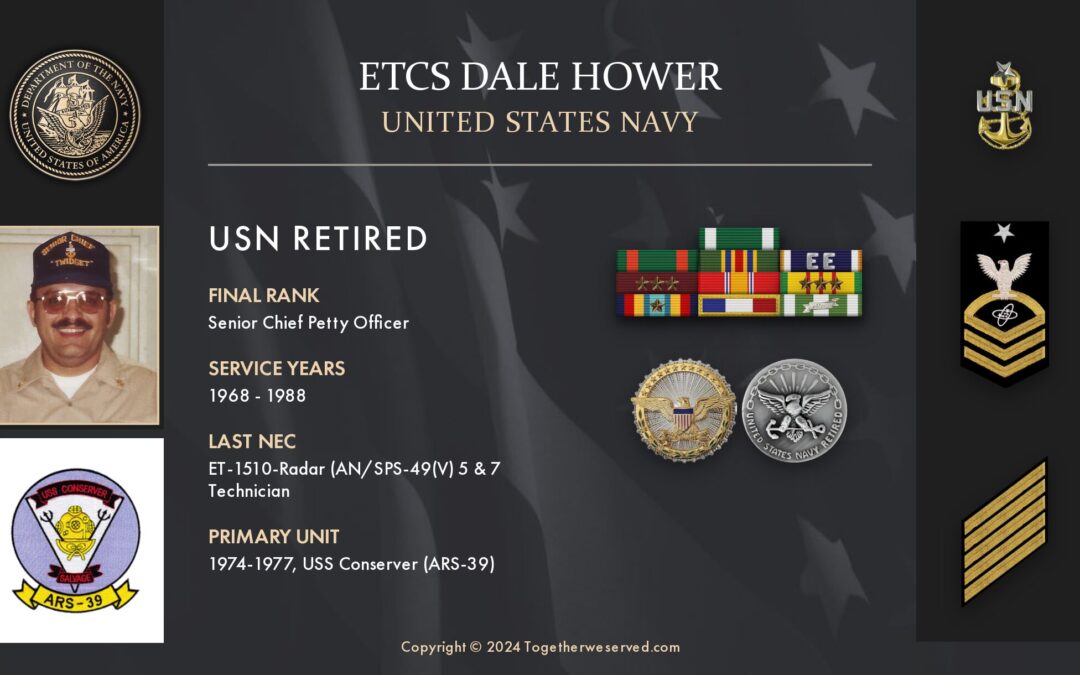
My father James D. Hower, Sr, had a short Navy career of 9 months. He enlisted near the end of WWII and was stationed at Camp Peary, Virginia. He and my mother lived a small apartment in what is now Colonial Williamsburg. When the war ended he was offered an early out when the armed services were down sizing. Throughout my youth, he often mentioned that he wished he would have stayed in.
Although his time in the Navy was limited he encouraged me and my brother to pursue a career in the military. My older brother, James D. Hower, Jr. had a 15-year career in the Navy. He went to boot camp at Great Lakes, obtained an appointment to the Naval Academy from our congressman, went to Naval Academy Preparatory School in Bainbridge MD and then on to Annapolis, graduating in 1971. He separated from the Navy as a Lieutenant.
Through his and my father’s urging, I eventually joined the Navy while still a senior in high school under the delayed entry program. Like my father and brother, we were employed in the textile industry and worked at the same mill. Unlike my father, we had the opportunity to leave the small town Pennsylvania mill worker life and see the world.
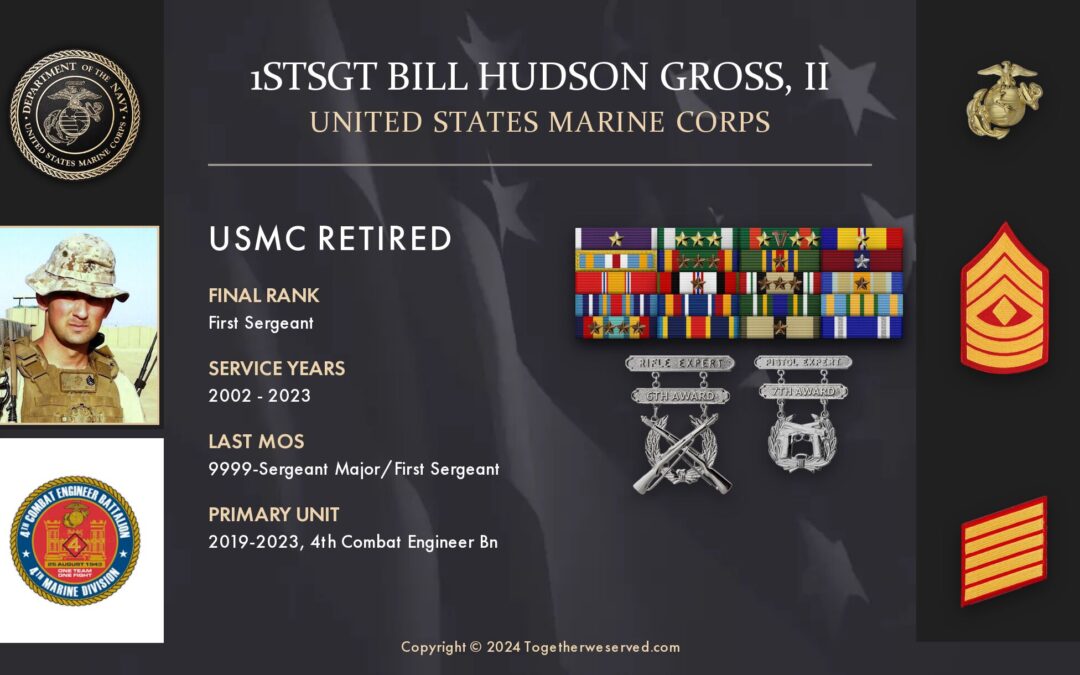
I grew up in rural, southeastern Kentucky and worked with my father and grandfather roofing and working tobacco fields seasonally. My father was a very strict man and most of my youth can be summed up by trying to identify a way to escape my then reality of never leaving my hometown. I participated in NJROTC and sports during high school to keep busy.
During high school, vocationally, and soon after graduation, I worked on a degree and certification in Masonry seemingly solidifying the reality that I would never leave Kentucky. The lack of opportunity teamed with the fall of the twin towers in my Senior Year, AP History led me to pursue the Navy Recruiting office. After multiple visits with no Navy Recruiter in the Office a lean, well-articulated Marine Recruiter approached me. Then, Sergeant Wesley Trucks inquired as to my intentions and made a very strong, positive impact on my tentative decision.
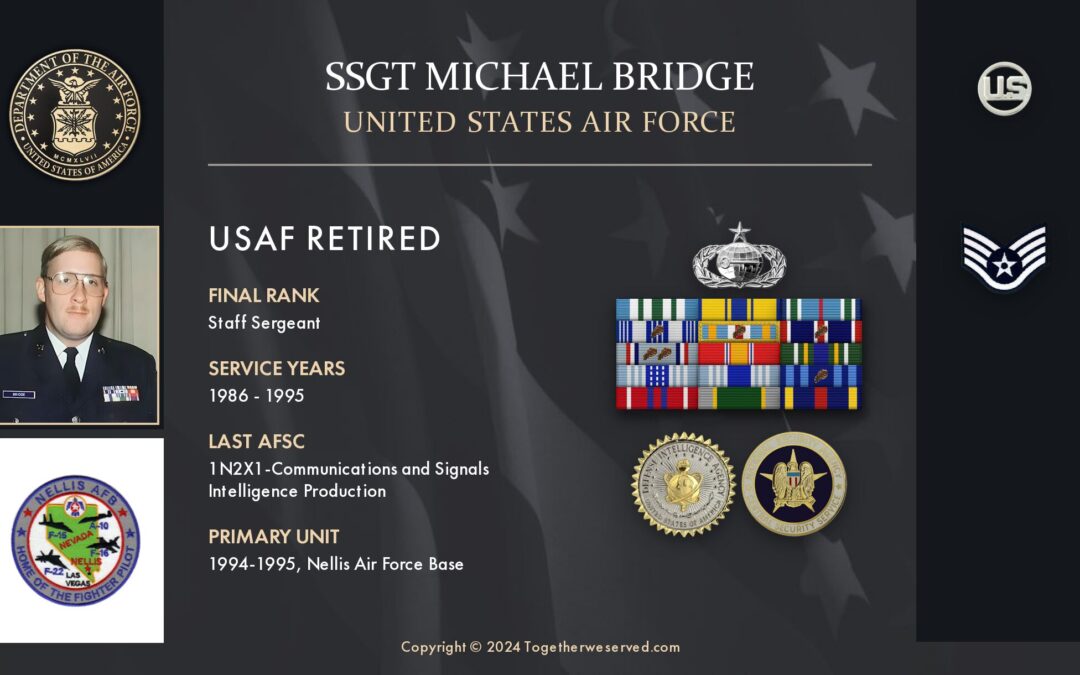
Growing up I had always wanted to join the Navy. I love ships and pretty much had my heart set on the Navy after High School. During High School, I ended up getting involved in some things that started me down a path that would have ended poorly for me if I continued on it. I knew that I needed to get away from the things I was involved in and get my act together.
During my senior year, I went down to the recruiting office and spoke with the Navy recruiter. He ended up really being just a total jerk who only wanted to meet his quota and didn’t offer me anything at all. I was very frustrated with this and felt that if he represented the Navy, I didn’t want anything to do with it. I spoke with my father about it and he recommended that I speak with the Air Force recruiter.

My father was the biggest influence on me to join. Although he never once said anything to me about joining the Marine Corps, he never went to the recruiter with me. The only statement he made to me was…
1. “Boy, if you want your driver’s license at 16, you need to get a job, buy a car, and insurance. Then you can get your license.”
2. ” When you turn 18, you are going to have to get out of MY house or pay rent” That was his philosophy. I bought a 1965 Malibu from our next-door neighbor for $500.00; my mother was the bank, payments were established, and at 18, I was in the Corps.
I was born at Camp LeJeune. My brother at Portsmouth, Va, and my sister at New Port, RI. When my father went to Viet Nam we lived near my Grandparents in Pittsburgh, PA. When he returned, he got I&I duty in Providence, RI, and we lived at Quonset Point, RI. When he had to spend the night as Staff Duty NCO, he would often take me along to hang with him, which was really great during Xmas, you know, Toys For Tots. Back then, you donated any toy, used or new. So the corner of the Shop was filled with toys, and I tested them before they were distributed.
I remember riding with him in a 5-ton, taking Marines to the airstrip. Later in my career, I asked him about those rides. We were hauling Marines to begin deployment to Viet Nam. From there, we moved to Parris Island, and for the next six years, it was boot Camp. It was a different time there as well. We saw a lot of training and got to do a lot. Once or twice I ran obstacles on the Confidence Course or climbed the O course rope to prove to young recruits “a child can do it.” I loved it. So without a word from my father, he showed me his love of the Corps, which I chose as well. Our favorite movies to watch together were John Wayne in the Sand of Iwo Jima, The Great Santini, and The Boys in Company C.
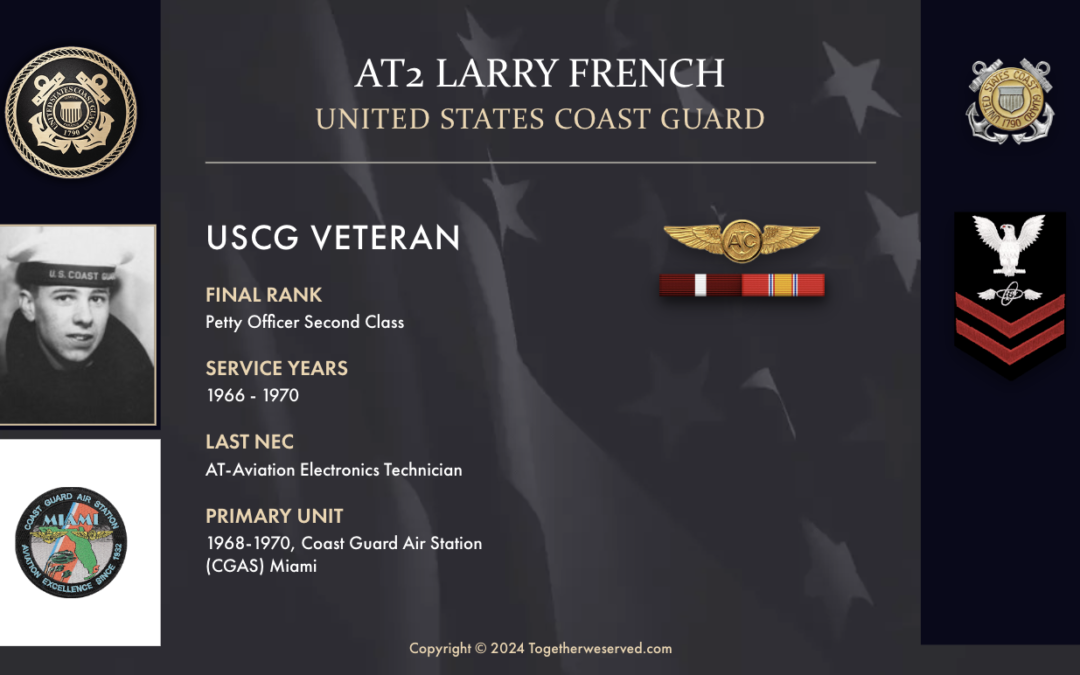
PRESERVING A MILITARY LEGACY FOR FUTURE GENERATIONS The following Reflections represents AT2 Larry French's legacy of his military service from 1966 to 1970. If you are a Veteran, consider preserving a record of your own military service, including your memories and photographs, on Togetherweserved.com (TWS), the leading archive of living military history. The following Service Reflections is an easy-to-complete self-interview, located on your TWS Military Service Page, which enables you to remember key people and events from your military service and the impact they made on your life. Start recording your own Military Memories HERE. Please describe who or what influenced your decision to join the Coast Guard. After being stationed on the Conifer Being the class clown in high school didn't adequately prepare me to be gainfully employed in the real world. The Vietnam War was ongoing, and everyone our age was getting drafted. A lot of the kids in our class of 1966 just went ahead and...